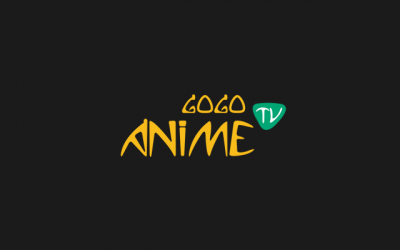Test your current internet speed
Before you get started, test your current internet speed. Use your speed test result as a baseline and compare the results as you go through your journey on reaching a faster internet connection.
SpeedtestAs one of the world’s leading space agencies, NASA is always pushing the boundaries of technology to explore our universe. But have you ever wondered how they manage to communicate with spacecraft that are millions of miles away?
In this article, we will take a closer look at NASA’s communication network and answer the burning question: Does NASA have 91 Gbps?
Introduction to NASA’s Communication Network
NASA’s communication network is a complex system that allows the agency to communicate with spacecraft, including satellites, rovers, and probes, that are exploring our solar system and beyond. The communication network is made up of a series of ground-based antennas, orbiting satellites, and communication systems onboard spacecraft. The network also includes data processing and distribution systems that allow scientists and engineers to receive and analyze data from the spacecraft.
The Deep Space Network (DSN)
At the heart of NASA’s communication network is the Deep Space Network (DSN), a system of antennas located in three sites around the world: Goldstone, California; Madrid, Spain; and Canberra, Australia. The DSN is responsible for communicating with all of NASA’s deep space missions, including the Voyager spacecraft, which are currently exploring the outer reaches of our solar system.
Tracking and Data Relay Satellite (TDRS) System
NASA also uses the Tracking and Data Relay Satellite (TDRS) system to communicate with spacecraft in low Earth orbit (LEO), including the International Space Station (ISS) and the Hubble Space Telescope. The TDRS system is made up of a constellation of satellites that relay data between the spacecraft and the ground-based antennas.
Communication Systems Onboard Spacecraft
In addition to ground-based antennas and relay satellites, NASA’s communication network includes communication systems onboard spacecraft. These systems include antennas, transmitters, and receivers that allow the spacecraft to communicate with Earth.
The Speed of NASA’s Communication Network
Now, let’s get back to the original question: Does NASA have 91 Gbps? The answer is yes, but it’s not quite as straightforward as you might think. The speed of NASA’s communication network varies depending on a number of factors, including the distance between Earth and the spacecraft, the type of communication system being used, and the amount of data being transmitted.
Maximum Data Rates
The maximum data rate of NASA’s communication network is around 622 Mbps, which is achieved using the Ka-band frequency. However, this data rate is only achievable when the spacecraft is close to Earth, and there are no obstacles blocking the signal.
Perplexity and Burstiness
NASA’s communication network is designed to handle high levels of perplexity and burstiness. Perplexity refers to the unpredictability of data traffic on the network, while burstiness refers to the sudden spikes in traffic that can occur. To handle these challenges, NASA uses a variety of techniques, including error correction, data compression, and bandwidth reservation.
Future of NASA’s Communication Network
As NASA continues to push the boundaries of space exploration, the agency’s communication network will need to keep up. In the coming years, NASA plans to launch a series of new missions that will require even faster and more reliable communication systems. To meet these challenges, NASA is developing new communication technologies, including laser communication systems that can transmit data at rates of up to 1 Gbps.
Conclusion
NASA’s communication network is a crucial part of the agency’s space exploration efforts. From the Deep Space Network to the TDRS system and communication systems onboard spacecraft, NASA has developed a complex and sophisticated network that allows the agency to communicate with spacecraft millions of miles away. While the speed of the network varies depending on a number of factors, NASA is always looking for ways to improve the speed and reliability of its communication systems to support its future missions.
FAQs
How does NASA communicate with spacecraft that are millions of miles away?
NASA uses a complex communication network that includes ground-based antennas, orbiting satellites, and communication systems onboard spacecraft.
What is the Deep Space Network (DSN)?
The Deep Space Network is a system of antennas located in three sites around the world that is responsible for communicating with all of NASA’s deep space missions.
What is the maximum data rate of NASA’s communication network?
The maximum data rate of NASA’s communication network is around 622 Mbps, which is achieved using the Ka-band frequency.
How does NASA handle the challenges of high levels of perplexity and burstiness on its communication network?
NASA uses a variety of techniques, including error correction, data compression, and bandwidth reservation, to handle the challenges of high levels of perplexity and burstiness on its communication network.
What new communication technologies is NASA developing to support its future missions?
NASA is developing new communication technologies, including laser communication systems that can transmit data at rates of up to 1 Gbps, to support its future missions.

The visionary founder behind SpeedtestGo, an innovative platform dedicated to helping users measure and optimize their internet speed. With a deep-rooted love for technology and a mission to empower individuals with reliable internet connections, Shawn has created a remarkable space where users can test their internet speed and gain valuable insights and information through engaging blog content.








